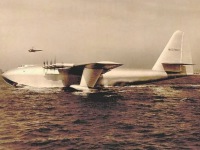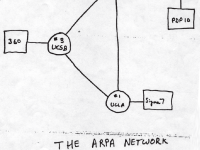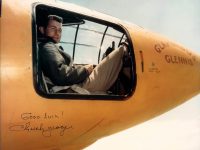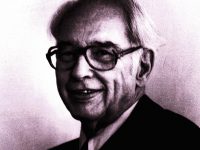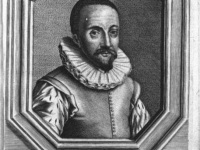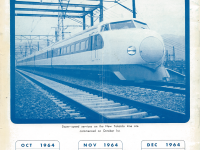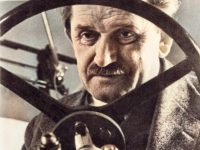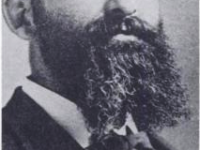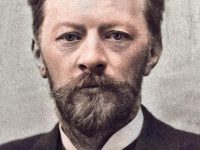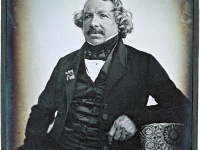The Dream of the Largest Aircraft ever built – H-4 Hercules
On November 2, 1947, business magnate, investor, aviator, aerospace engineer, film maker and philanthropist Howard Hughes performs the maiden (and only) flight of the Spruce Goose or H-4 Hercules; the largest fixed-wing aircraft ever built. Wait, this is not true anymore. In terms of wingspan, it was the largest aircraft ever flown until it was replaced by the Scaled Composites Stratolaunch on April 13, 2019. Since the only flight of the H-4 took place…
Read more

